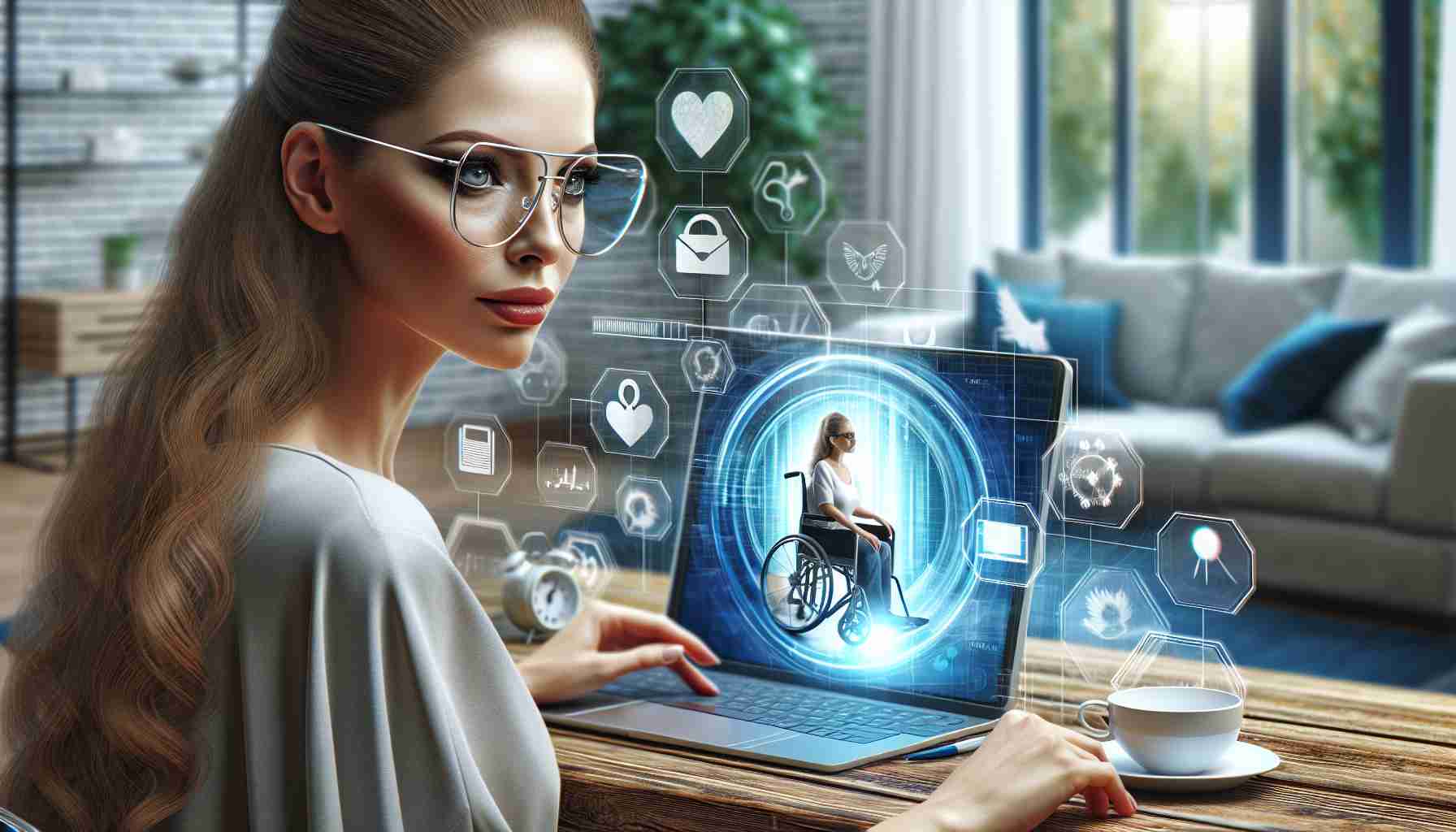Technology plays an integral role in progress and efficiency. In the case of home care facilities, its implementation brings numerous benefits for both medical staff and patients. While this may not have always been apparent, we now know that technology can strengthen the relationships between facilities and doctors, as well as contribute to increased safety and comfort for patients.
Of course, the introduction of new technology is often met with resistance. We frequently hear arguments against its implementation, such as “It’s too expensive,” “The staff doesn’t want to agree to it,” “It’s too complicated to learn,” “We don’t have the time or workforce to learn it,” or “Our patients are afraid of it.”
However, the fact is that technology is not intended to replace anyone or render traditional medical roles obsolete. Its primary goal is to provide the best possible care effectively and efficiently. Today’s technology allows for real-time monitoring of patients’ vital signs without the involvement of staff. It can continuously observe patients, monitoring parameters like heart rate, breathing, or abnormal behavior. This ensures that nobody is left without care.
Intelligent data analysis, known as artificial intelligence, is another breakthrough in the field of medicine. By collecting data from thousands of patients and analyzing it in real-time, it is possible to create precise prognostic tools. These tools can detect abnormalities and alert nurses or doctors to the need for medical intervention. Providing daily threat reports allows for the allocation of resources where they are most needed, resulting in the overall efficiency of the staff.
Implementing technology in home care facilities is usually straightforward. Utilizing computers and specialized algorithms outside the facility enables the staff to receive results in a practical format. Even in the case of installing additional sensors, such as radar technology, the entire process is simple and ends with device activation.
Of course, technology cannot replace the human touch or provide direct care that medical personnel can offer. However, it can be an excellent support for doctors, nurses, and other healthcare workers. It provides them access to detailed patient data, history, and machine learning, allowing them to focus on the most critical patients and deliver high-quality care.
It is worth noting that the Centers for Medicare and Medicaid Services (CMS) not only approve almost every available technology but also encourage its use. This means that home care facilities do not incur costs associated with its implementation. On the contrary, the introduction of new technologies can increase the facility’s revenue and enable the safe admission of more challenging patients.
Finally, technology plays a significant role in a facility’s reputation and its ability to attract patients from hospitals. With the advancement of care technology, patients with higher levels of difficulty can be better monitored, significantly reducing the risk of rehospitalization. Providing top-level care, increasing referrals, and enhancing reputation translate to improved rankings for the facility by CMS.
Technology in home care facilities should be seen as a tool that supports medical personnel rather than a replacement for their role. Its implementation brings many benefits and allows for the elevation of care standards, reducing response time and risks for patients.
FAQ Section
The source of the article is from the blog qhubo.com.ni
